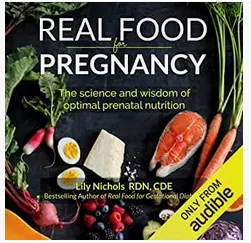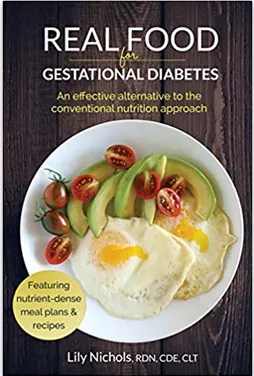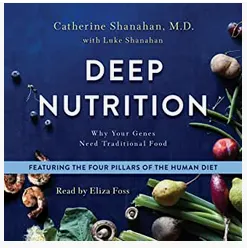What’s the Healthiest Diet for Mom During Pregnancy? Part 2
Now that you know that the foundations of nutrition are based on where you live and what type of food is available, the next step is to understand the basic guidelines of what foods to eat for the healthiest pregnancy you can have.
In the last decade or so, more people have discovered these guidelines. Some people call the healthiest diet “Real Food” while others use the term “Deep Nutrition” to mean that the cells get everything they need because of the wholesome food that is consumed.
Some of the nutrition books out there on the market now will give you more of this background:



What these books are teaching is that foods in their wholesome state are going to be the foods you want to choose to eat during your pregnancy. These foods will nourish you and your baby both.
This goes against some of the conventional thinking that says that all dairy products are bad or all meats are bad or that only plant-based foods are good. In reality, it’s what is done to the dairy products after the milk is collected that makes a food wholesome or not. For example, if the milk is ultra-pasteurized, you have lost a good degree of nutritional value in terms of probiotic strains that nourish the gut. If the animal is pasture-raised, no antibiotics are used, no hormones are used, and the animal didn’t eat GMO food, that meat is wholesome.
Similarly, a plant-based meal that consisted of plants grown on depleted soil is worth little to nutritional status. And all the hype and perceived stature about eating a plant-based diet is worthless to actual nutritional status when those soil-depleted and glyphosate-finished plants are eaten.
Here’s a list of the guidelines you will want to follow to make sure your diet is the healthiest it could be:
1. Foods that are complete proteins (traditional protein foods such as chicken, fish, beef, pork, buffalo, wild meats if you are on the homestead, milk, dairy, and eggs). When you eat these complete proteins, the body then decides to snip out parts of the proteins to activate certain metabolic or genetic pathways.
2. Foods that are natural fats (butter, ghee, coconut, olive oil, nuts, seeds, avocado). This category excludes the seed oils – oils made from soy, “vegetable”, safflower, corn, and other seed oils.
3. Non-GMO foods.
4. Fruits and vegetables in their non-GMO form and non-hybridized form.
5. Whole grains that are non-hybridized or GMO and not finished with Glyphosate (Round-Up) or any other chemical to speed up the drying of the grain. Pesticides and chemicals interfere with proper “trading”. Some may be organic, non-GMO buckwheat, emmer wheat, einkorn wheat, oats, millet, rye, barley, teff, quinoa, and spelt.
6. Lentils and peas that are not finished with Glyphosate and are not hybridized.
7. Other foods that are organic and non-GMO.
8. Foods without pesticides or artificial preservatives added to them.
9. Foods that are close to their natural state with only a minimum of processing.
With this list, there are thousands of tasty recipes waiting to be created.
You can feed yourself and your baby in a way that maximizes both your health potential by eating right. And the beauty of this is that you will save yourself a lot of grief in the process while you have fun in the kitchen.
